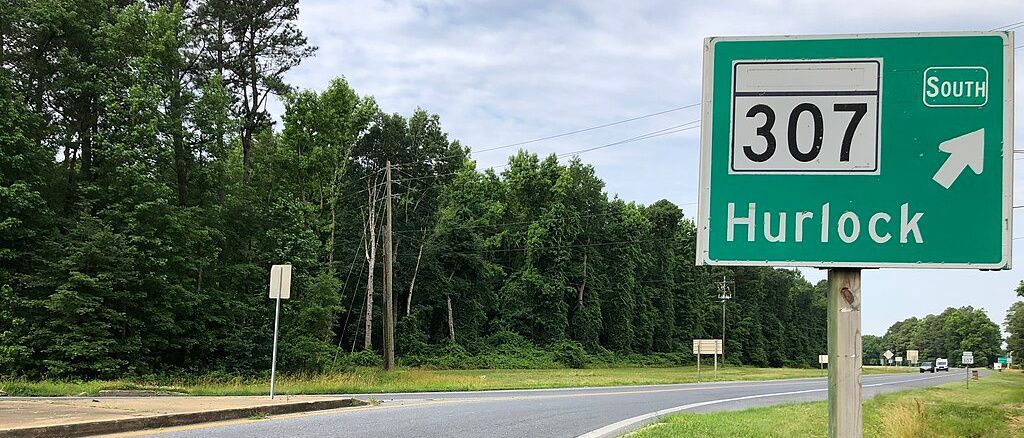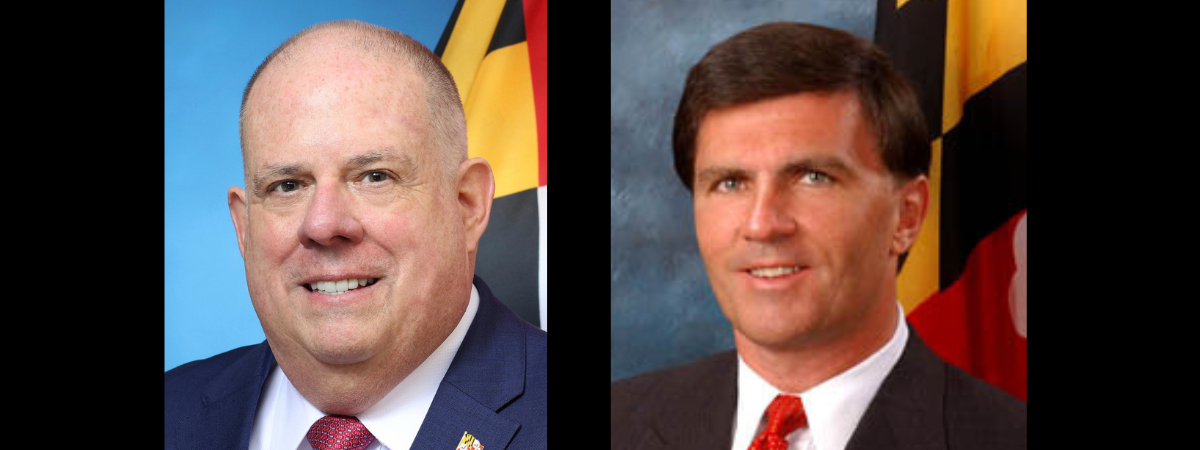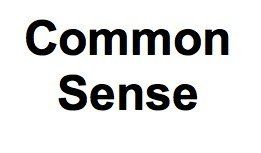Maryland’s ‘Dr. No’ — Andy Harris’s Record

Andy Harris has represented Maryland’s First Congressional District since 2011. He is currently the only Maryland Republican in Congress.
In his first congressional campaign in 2008, Harris lost a close race to Democrat Frank Kratovil in the general election. In a return match against Kratovil, he won the seat in 2010, and has held onto it by comfortable margins in subsequent elections.
Looking at Harris’s record in Congress, it’s not clear whether anything beyond the entrenched conservatism of his district — which includes the entire Eastern Shore plus a largely suburban-Baltimore area on the other side of the Bay — accounts for his longevity in office. His critics have taken to calling him “Dr. No” in reference to his consistent opposition to legislation that would help his constituents — such as his 2012 vote to deny $10 million in emergency flood funding after Superstorm Sandy damaged Crisfield and other parts of the Shore. He later claimed credit for the Federal Emergency Management Agency funding that did arrive in Crisfield.
That’s just one example. While serving on the House Subcommittee on Water Resources and Environment, Harris’s votes on environmental issues have earned him a lifetime environmental score of 3% from the League of Conservation Voters. Those include votes opposing a proposed carbon tax, against funding for clean energy, delaying imposition of ozone standards, and opposing expansion of national parklands in the Western U.S.
Agriculture, tourism, and seafood production are all central to the Shore’s economy — and are all dependent on a healthy environment. But Harris is almost certain to cast his vote against anything that involves cleaning up the environment, including the Chesapeake Bay.
A retired physician, Harris earned an M.D. from Johns Hopkins and practiced as chief of obstetric anesthesiology at Johns Hopkins Hospital. Harris has consistently voted against expanding healthcare legislation, including the Affordable Care Act. His response to the covid-19 pandemic has been to oppose most of the measures designed to prevent the spread of the virus, including mask mandates and stay-at-home orders issued by Gov. Larry Hogan. In 2021, he said on a talk radio show that he had prescribed ivermectin — a veterinary drug used to combat parasite infections in livestock — to covid patients, although the U.S. Food and Drug Administration has not approved it for that application.
He has been a staunch opponent of abortion — a stance he used as a key issue in his first run for a seat in the Maryland House of Delegates. As a member of Congress, he served on a panel organized to investigate widely disputed claims that Planned Parenthood was selling tissue from aborted fetuses to medical researchers. In the aftermath of the Supreme Court’s overturn of Roe v. Wade, he has voted against several House bills designed to establish the right to abortion on a national level. It is unclear how he reconciled his evident belief that abortion is always bad with his work in the Hopkins delivery room, where real-time life and death decisions about mothers’ health needed to be made.
Harris ranks among the most consistent supporters of Donald Trump, agreeing with Trump’s position on 92.4% of his votes in the House, according to political analysts at FiveThirtyEight.com. He supports the Big Lie. He voted against the impeachment of Trump, against certification of electors from Arizona and Pennsylvania. He claims that large-scale voting irregularities and secret vote counting took place in swing states. And, according to the House Jan. 6 Committee, he was one of a dozen House Republicans at a Dec. 21, 2020 White House meeting at which the role of former Vice President Pence in potentially overturning the election was discussed.
He claimed, after the Jan. 6 insurrection, that the storming of the Capitol was the work of leftist agitators. He was also among only 21 House members who voted against a resolution to award the Congressional Gold Medal to Capitol police who defended against the attacks. In an especially disturbing incident, he was stopped by Capitol police shortly after the insurrection for attempting to bring a handgun into the House chamber. Considering that he had reportedly been in a heated verbal confrontation with another Representative the day before, it is uncomfortable to consider what his reason could have been for having a weapon on the House floor.
The list of Harris’s “No” votes on important issues is far too long for this article, but recent examples include the Assault Weapons Ban of 2022, the Consumer Fuel Price Gouging Prevention Act, the Honoring Our PACT Act (aiding veterans exposed to poisonous substances), the Ukraine Comprehensive Debt Relief Act of 2022, the Active Shooter Alert Act of 2022, and the National Defense Authorization Act for Fiscal Year 2023. Some of these may in fact contain provisions that a reasonable person would question, but it still looks on the face of it that Harris reflexively voted against anything offered up by the congressional Democrats.
So why does Harris keep winning? A lot of it is undoubtedly the simple fact that the Shore, like other rural areas around the country, is traditionally conservative — giving Republicans a built-in advantage. At least once, his Democratic opponent withdrew after it came out that she had illegally voted in both Maryland and Florida — leaving him basically unopposed. And some have argued that the state Democratic party has in past elections chosen not to invest valuable resources in a district it sees as stacked against it. In this Fall’s election he’s up against a Shore resident in Heather Mizeur, who has done a strong job in fundraising for the coming race. It’ll be interesting to see who wins this time.
Peter Heck is a Chestertown-based writer and editor, who spent 10 years at the Kent County News and three more with the Chestertown Spy. He is the author of 10 novels and co-author of four plays, a book reviewer for Asimov’s and Kirkus Reviews, and an incorrigible guitarist.
Common Sense for the Eastern Shore







